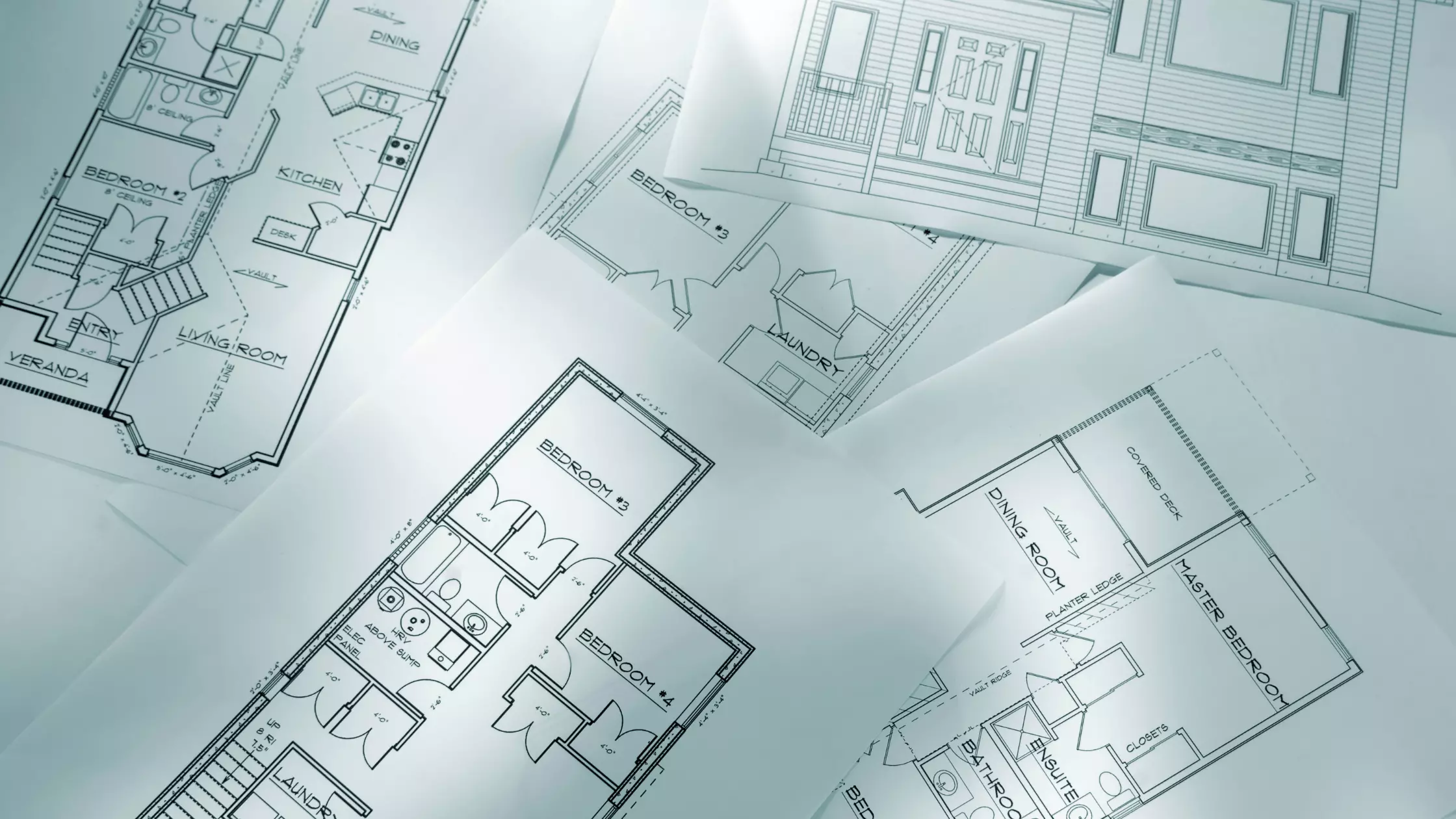Introduction
Imagine the site team telling you that while installing equipment on a project they found a major issue with the drawing in which a pipe and a beam are occupying the same space. To resolve this issue you rework the design, by which the project schedule is impacted and the construction is halted until the issue is fixed. But the impact on the project cost and schedule is irreversible.
Using traditional tools and techniques it becomes difficult for the project team to identify conflicts like these before the construction begins since a construction project involves multiple disciplines and the amount of information the project members must account for is substantial and vulnerable to human error. The emergence of the Building Information Modelling(BIM) process, has transformed how construction projects used to be done, the constructability issues can be identified in the pre-design stages to avoid errors in the design and one such BIM technique is the Clash Detection.










.png)
